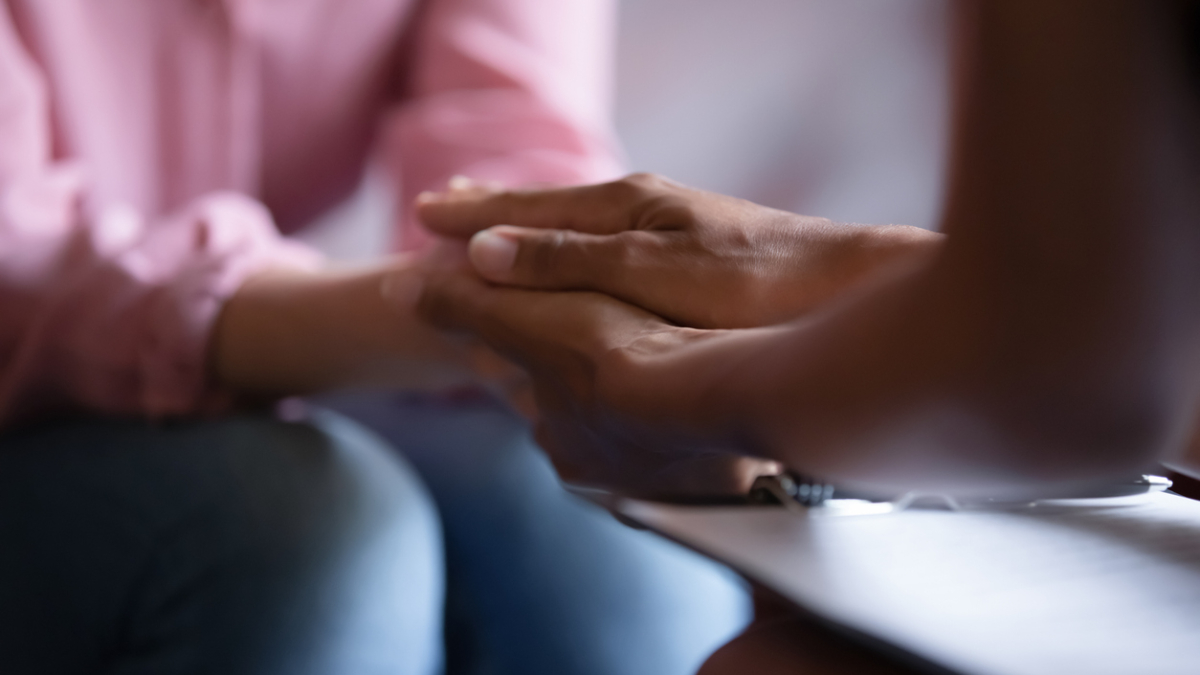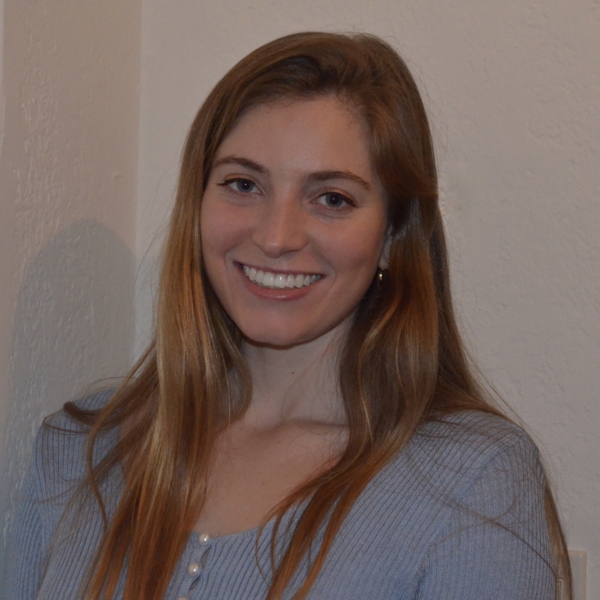
The United States leads the world in the healthcare industry when it comes to doctors, hospitals, pharmaceutical and medical device companies. Despite this, however, there is a mental health crisis in this country and millions of Americans are struggling. While issues in mental health and mental health access have been prevalent for decades, the COVID-19 pandemic has only made things worse.
While millions of Americans – students especially – have struggled with the wrath of the covid pandemic, those who identify as part of the BIPOC community, which stands for Black Indigenous People of Color, have had the hardest time. Along with the ongoing systemic racism, recent events surrounding the death of George Floyd and Breonna Taylor, as well as the stress of health due to the virus, the black and greater BIPOC community has been struggling.
It is now more important than ever that BIPOC identifying people not only feel supported and welcomed within their communities, but have the knowledge and access to mental health resources.
Unfortunately, there are many barriers that prevent people from having access to mental healthcare including the limited education and awareness in schools and communities and the social stigma. These barriers have a large impact on whether or not people are able to seek help, let alone actually receive help.
Even after the Affordable Care Act extended to mental healthcare, financial barriers often prevent people from seeking help, or if they do, cause them to seek inconsistent or inadequate treatment. Lastly, racial barriers are a top barrier to mental healthcare access.
A study conducted by the Kaiser Family Foundation on how the Affordable Care Act has impacted mental healthcare access found that, “white people are the only racial group in which a majority of people with severe psychological distress get treatment. More than half of people facing severe mental illness who are Black, Hispanic or Asian don’t get treatment.”
Even the rise of Teletherapy, which was pitched as “the next frontier in mental health care” with goals of promoting mental healthcare access and inclusivity by shrinking the gap in the disparity of accessibility, has not upheld its promise of revolutionizing the healthcare field. While Telehealth and virtual therapy has indisputably improved access, the same problems that kept many–particularly those who are lower-income or of color–from seeking or receiving care before the pandemic still exist. Time even reports that while the number of U.S. adults reporting mental health problems grew significantly during the pandemic, the number of those seeking treatment or help did not.
Not only does the expense of therapy pose a barrier from getting help, but the limited number of therapists and mental health professionals do as well.
More specifically, there is a need for more therapists from diverse backgrounds for patients of color to be able to find someone they can trust and relate to.
According to the American Psychological Association, in 2013, the percentage of racial/ ethnic minority groups among psychologists in the United States was 16%, and among therapists, only 33%. Furthermore, a 2020 study concluded that now only 10% of U.S. psychiatrists identify as Black, Hispanic, American Indian, Alaska Native, Native Hawaiian or Pacific Islander. This means that many patients of color who want a therapist of a similar background are unable to find one. Psychiatry resident at Yale and a fellow on the APA’s Council on Minority Mental Health and Health Disparities, Dr. Amanda Calhoun, says that “if we truly want to reduce the gap [in mental-health care usage] we need to make it a trustworthy system where people feel they can connect with their therapist or psychiatrist.” The most impactful way to encourage people of color to get help, she suggests, is to train more clinicians from underserved backgrounds.
As this process takes time, however, and before it begins, it is essential that all clinicians are educated about “psychiatry’s problematic past” in order to fully acknowledge and understand why some patients may not feel comfortable seeking help.
For people of color, centuries of neglect and inhumane treatment by the medical community cannot be easily forgotten. According to a Psychology Today article, in the 1700s and 1800s, before there were organized policing or psychiatric diagnostic systems, the beginning forms of psychiatric diagnosing were being developed to address a societal problem of black people attempting to escape from slavery. Because of this, many influential American doctors coined diagnoses, like “drapetomania,” which is defined as psychosis or madness causing an enslaved person to run away. Though they have since been discredited, and many contemporary providers are unaware of those diagnostic frameworks, “the cultural legacy of that racism is still widely felt in communities of color,” according to Calhoun.
As a young adult and rising college senior passionate about mental health, I am baffled by these statistics and acknowledge that the inequality of mental healthcare access is a pressing issue that needs to be addressed right now. While you or I might not be able to single-handedly reduce the widening gap in mental healthcare access, we can still have an impact on our friends, families, schools, and larger communities. Engaging in open and honest conversations about mental health, checking in on your BIPOC friends and letting them know that they are heard and supported, as well as educating yourself on resources available and trying to spread awareness for them, is a great way to start. I’ve included some resources below…
RESOURCES
- Therapy for Black Girls
- Indian Health Service Division of Behavioral Health
- One Sky Center
- The Asian Mental Health Project
- Black Men Heal
- Circles of Care
- Liberate Meditation
- Real to the People
REFERENCES
About the Coach

Katherine Emery.
Katherine Emery is a rising senior at Bucknell University majoring in Psychology.
Meet Katherine